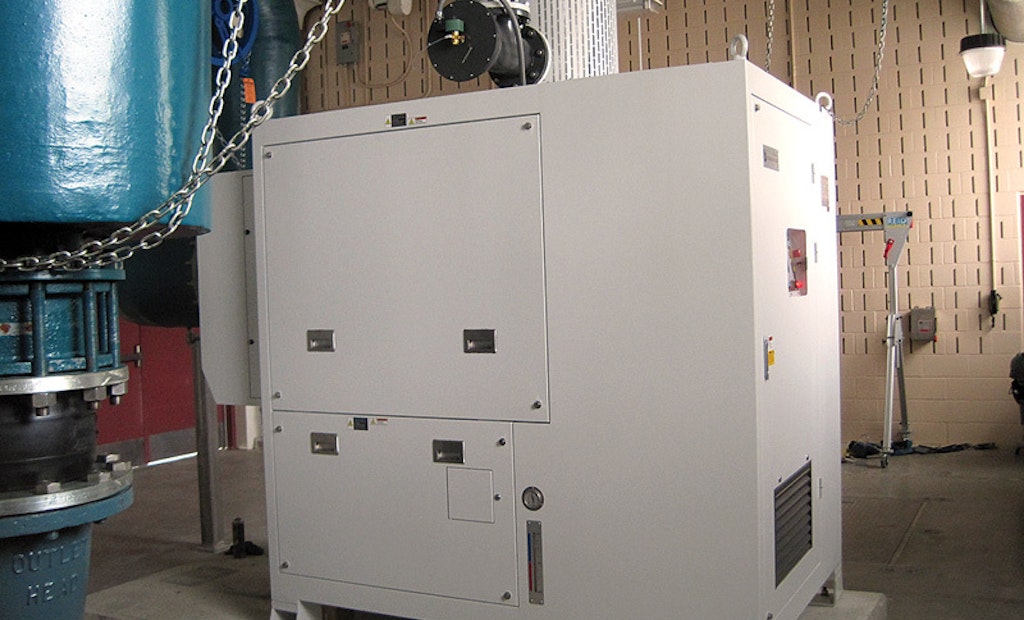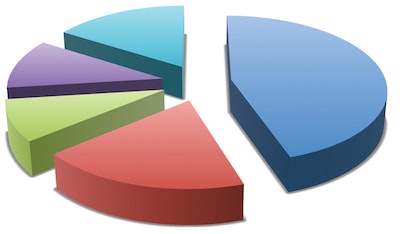
Interested in Blowers?
Get Blowers articles, news and videos right in your inbox! Sign up now.
Blowers + Get AlertsEnergy conservation is part of the planning process for the city of Stratford, Ontario. With the wastewater treatment plant consuming more than 20 percent of the city’s total energy, it made sense to target that facility.
A free energy assessment conducted by Festival Hydro and the plant operator, Ontario Clean Water Agency (OCWA), showed that more than 60 percent of the 5.7 mgd plant’s energy went to aeration through 1,600 fine-bubble diffusers.
Precise aeration
The operations team started there. “We replaced two fixed-speed 200 hp centrifugal blowers with a single 350 hp high-efficiency turbo air blower from APG-Neuros with a built-in variable-frequency drive,” says Indra Maharjan, program manager for energy conservation and climate change with OCWA.
“The old blowers always operated at full output and often over-aerated. This caused dissolved oxygen to be 5 to 10 mg/L, when it should have been 2 to 3 mg/L. We were using more air and energy than required, and the over-aeration also caused problems with shearing of the floc, which made the secondary clarifiers less efficient.”
Incentives of $75,200 from Ontario’s Save on Energy conservation program helped fund the $350,000 project. The city expects a return on investment of nearly 700 percent over the 20-year life of the aeration system — some $1.2 million in savings.
Since the equipment went into service in March 2014, the plant has seen better secondary clarifier performance and uses 30 percent less energy for aeration, saving $56,400 per year on electricity. The savings can help fund future improvements.
Much more to come
The energy audit was valuable in identifying energy saving opportunities and in helping set priorities. Aeration was the largest, easiest and most obvious target. “Now we have other operational changes and process optimization we need to do in coming years,” says Maharjan. “Stratford is a medium-sized municipality so there’s always a lack of resources. The projects will be spread out over multiple years.”
The audit suggested several other upgrades that could improve energy efficiency, all eligible for Save on Energy incentives. Projects include right-sizing pumps, upgrading to high-efficiency motors, and installing VFD controls on other systems, including pump stations, influent pumps, deep well lift pumps, screw pumps, sludge pumps and return activated sludge pumps.
“The city’s engineering group is pleased to continue to be part of the Save on Energy program, recognizing the opportunities to upgrade equipment, use less energy and provide more long-term, efficient operations to the city and its residents,” says Mike Mortimer, manager of Environmental Services.
The future projects are expected to have payback periods from two to seven years and provide an additional $60,000 in annual energy savings.






